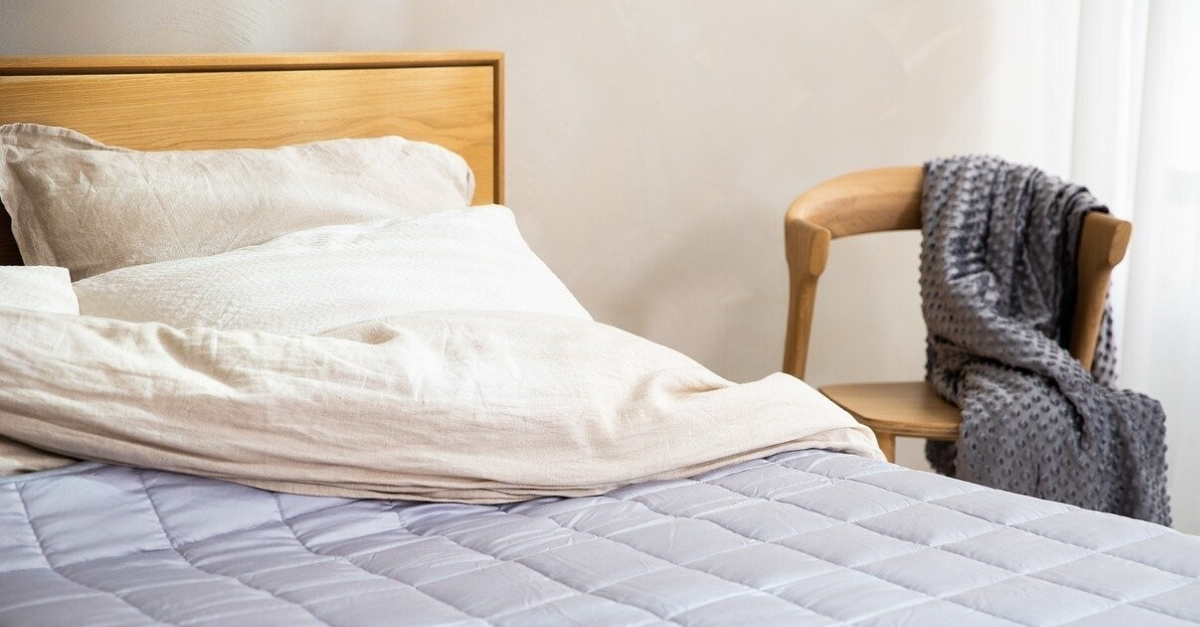

In the era of rapidly rising global warming, air conditioners have become a common household item for people from most financial backgrounds. However, a handful understand how these electronic devices do more harm to us than good in the long run.

Thus, researchers are dedicated to bringing forth newer, more environmentally friendly cooling technologies into the market. And finally, a team from Hong Kong University of Science and Technology has succeeded in their effort, offering a ray of hope to combat global warming.
They have created a cooling device based on the commercial thermoelectric heat pump, mainly used in mattress pads and high-end portable coolers.
The major difference between the new device and the traditional cooling ones is that the new device does not blow cool air into the atmosphere. Instead, it absorbs heat to an aluminium panel in the mattress pads, soaking up the warmth.
"Our design aims to solve several critical problems of traditional air-conditioning systems," Yuekuan Zhou, a sustainable energy and environment researcher, told Anthropocene. "Its low energy efficiency in large open spaces, the spread of pollutants and airborne disease transmission through air-conditioning systems, and the discomfort caused by fan noise and airflow."
To apprehend the how of the device's operation, the researchers disclosed that they attached four pipes and a small fan (that can act like a heat sink) to one flank of the thermoelectric module; the fan only pushed air over the device. On the other flank, they have affixed an aluminium panel that serves as an icy surface that absorbs heat radiation.
For the practical application, the researchers constructed a 10 cm x 10 cm instrument and positioned it in front of a human skin simulator. The instrument reduced the artificial skin temperature by 7.3°C across deviating room sizes and air flux rates.
The device can perform with windows open, which helps reduce airborne disease transmission, Zhou states. The noise level and airflow in front of the device were also down at 40 dBA and 0.5 m/s, respectively, greatly improving thermal comfort.
Zhou has added that the technology is not only innovative but also practical and viable on a large scale. The commercial thermoelectric cooling (TEC) modules they use in the device are available at remarkably low prices. And the other materials they use are also simple and inexpensive, making this technology accessible to a wide range of users. The team is now developing a large-scale radiant cooling device to validate its feasibility.
Responses








